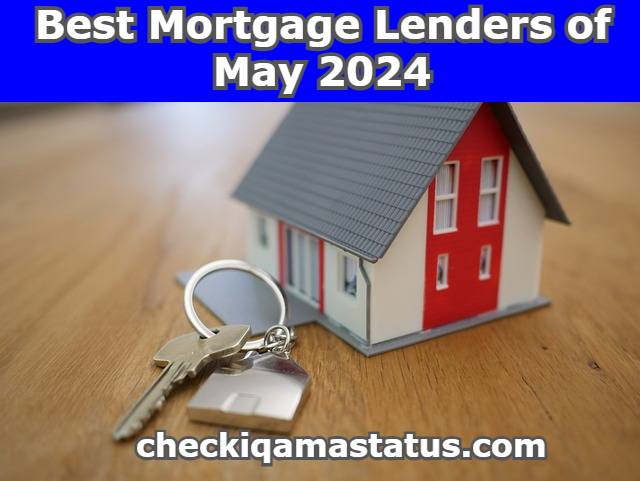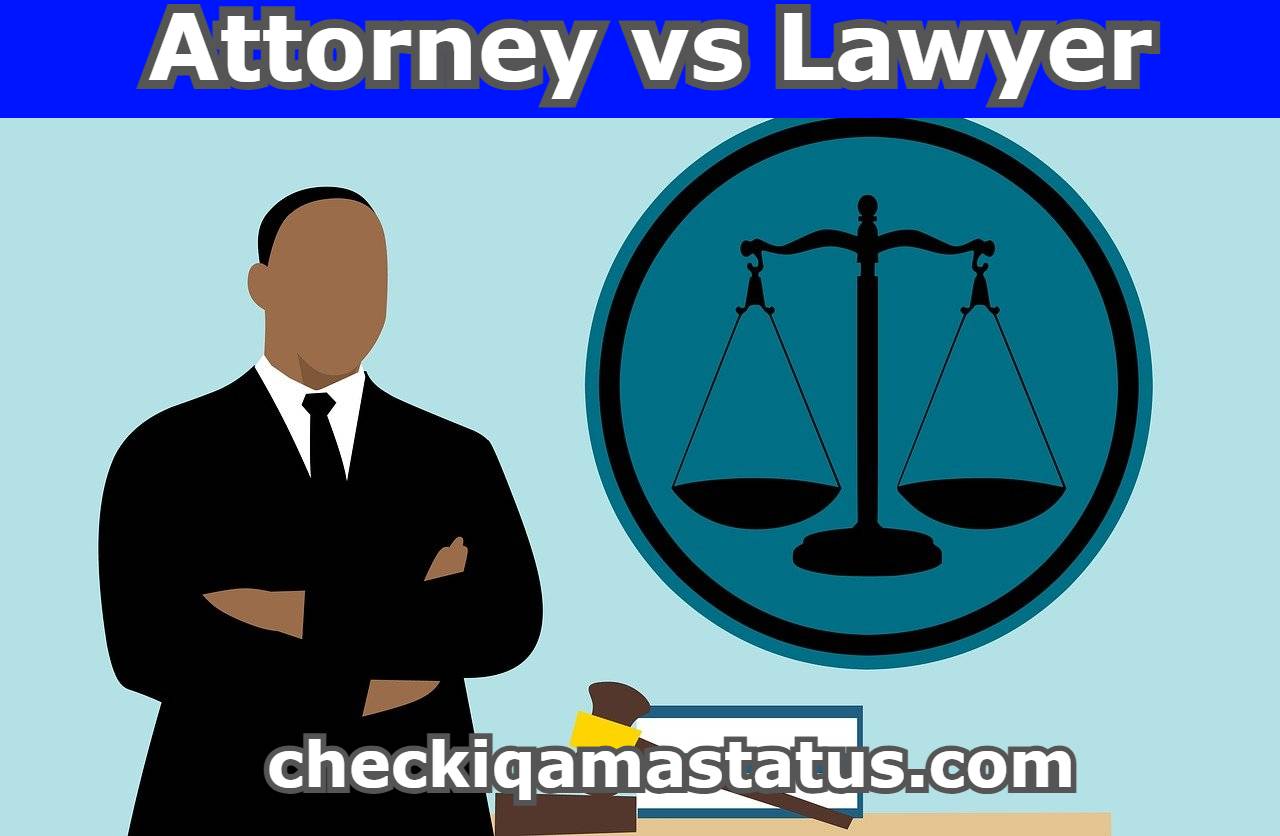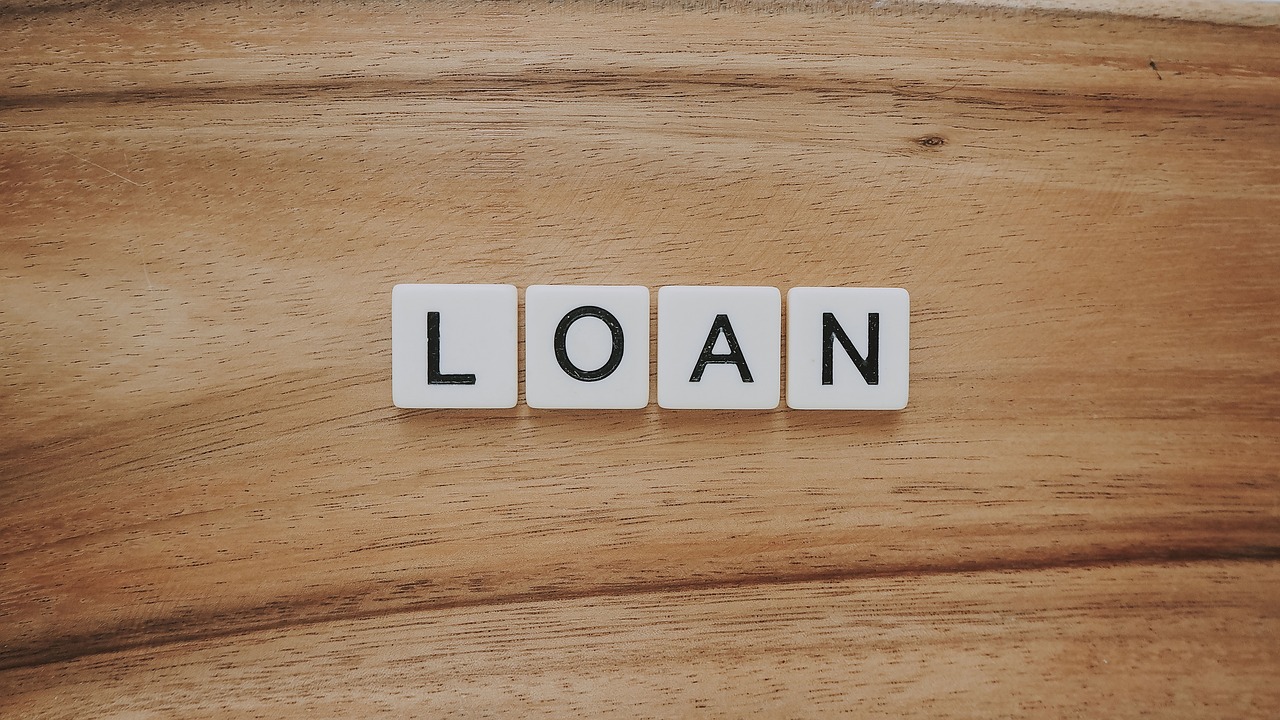Reliable Mortgage Lenders Of May 2024 explained here. The Mortgage rates updated today 02 May 2024. The latest rates and Best Mortgage Lenders of May 2024
- Rocket Mortgage
- Veterans United
- Quicken Loans
- AmeriSave
- Better
- Lendingtree
- VA Rate Guide
- AmeriValue
- New American Funding
- Quicken
What Is a Mortgage Loan?
A mortgage is a kind of loan used to buy property, usually as a main home. You commit to paying back a certain amount each month, plus interest, for the duration of the mortgage when you sign a mortgage loan. While some lenders provide different mortgage durations, most mortgages have a 15- or 30-year term.
The house or other property serves as collateral when taking out a mortgage. At some point, the lender may take back the house if you don’t make payments. You may seek to refinance for a shorter loan term or a cheaper interest rate if you want to modify the conditions of your mortgage.
A 3% down payment is required for conventional mortgages. They let you finance a house up to the yearly limit set by the federally regulated mortgage firm Fannie Mae. FHA, VA, and USDA loans are examples of government-backed mortgages with less stringent approval standards. Conventional mortgage limits are not met by jumbo mortgages.
What Is a Mortgage Rate?
The proportion that you will pay in interest on your mortgage is expressed by your mortgage rate. In the event that you refinance or pay extra towards the principle, you will pay $15,000 in interest by the time you pay off your house, for instance, if you borrow $300,000 at a 5% fixed interest rate.
The current mortgage rates are influenced by a number of variables, including Federal Reserve policies and economic indices like unemployment and inflation. Since the rates fluctuate daily, the majority of lenders provide the current mortgage rates on their homepages.
Your eligibility for the best mortgage rates is influenced by your past financial experiences. In general, if you want to reduce your interest costs, you should strive for a credit score of at least 740. The loan-to-value ratio (LTV) is another factor that lenders consider when setting house loan rates. This figure shows how much you will borrow compared to the property’s worth. For the lowest mortgage rates, the LTV should be less than 80%.
Getting to Know Mortgage Lenders
Buying a new house is usually a difficult process, regardless of whether you are an experienced buyer or this is your first time. A mortgage might be especially difficult to get because of the associated expenses, fees, and paperwork. This website’s goals are to inform you about reputable mortgage lenders and assist you in understanding the mortgage application process for your next home purchase. Instead of requiring you to take the time to do your own research, we will provide you with all the information you want about the mortgage financing industry.
Types of Mortgages
Conventional Home Loans
A conventional mortgage, sometimes referred to as a conforming loan, is the most prevalent kind of mortgage. There are two parties involved in this kind of house loan: the lender and the borrower, which is you. For a traditional loan, most lenders want at least a 20% down payment. For example, if the house costs $300,000, the lender would loan the remaining $240,000 after receiving at least a $60,000 down payment. A growing number of lenders have started to provide low down payment mortgages in recent years, with as little as a 3% minimum down payment.
Jumbo Loans
Jumbo loans are those that are larger than the Federal Housing Finance Agency’s (FHFA) permissible conforming loan limitations. The maximum is higher in some of the most costly counties in the United States, which include the whole states of Alaska and Hawaii, a few affluent small towns spread over many states, and the larger New York, Washington, D.C., San Francisco, and Los Angeles regions. These counties also have higher property prices. Jumbo loans may have tighter qualification standards since they involve larger amounts of money and consequently carry a bigger risk to the lender.
FHA Loans
For purchasers with bad credit or insufficient funds for a down payment, the Federal Housing Administration is in charge of administering this government-backed loan. There are two types of FHA loans: 10% down payment for customers with credit scores between 500 and 579, or 3.5% down payment for those with scores between 580 and 619. One drawback of FHA loans is the need for monthly private mortgage insurance (PMI), which you may cease if you have 20% equity in your home. FHA loans are provided by most, but not all, mortgage lenders. A small number of lenders provide FHA loans to clients with credit scores as low as 500, while the majority only give loans to those with scores of 580 or above. It thus makes sense to compare FHA loans if you have bad credit.
VA Loans
VA loans are guaranteed by the federal government and are managed by the Department of Veteran Affairs. Similar to a conventional loan, a VA loan typically has a minimum credit requirement of 620+; however, the key difference is the demand—or rather, the absence of one—for a down payment. Yes, you are able to get a loan for the whole property’s worth. Veterans who have completed at least 90 consecutive days of active duty during a war, or 181 days of active duty during a peacetime, as well as members of the National Guard and Reserve who have served for at least six years, and spouses of veterans who have lost their lives while performing their duties or as a result of an injury sustained while serving their country are eligible to apply for a VA loan.
USDA Loans
Under the US Department of Agriculture’s administration, USDA loans are a specific kind of government-backed loan.
Lenders are only permitted to provide USDA loans to qualified applicants, much as with other government-backed loans; in this instance, the primary prerequisite is making a purchase in a rural or semi-rural location. USDA mortgages don’t demand a down payment, but they do impose PMI every month until the loan balance reaches 20%.
First-Time Home Buyer Loans and Programs
Not having enough money for a down payment is a major obstacle for a lot of first-time home purchasers. One way to address this issue is to provide low down payment loans, which enable first-time homebuyers to purchase a property with only 3% down payment as opposed to the conventional 20%. Depending on where you reside, you may be able to get housing aid with a down payment from organisations, commercial companies, or state or local governments.
Types of Rates
Fixed-Rate Mortgages
The most prevalent kind of mortgage, particularly for those purchasing their first home, is a fixed-rate mortgage. set-rate mortgages, as the name implies, are mortgages with set rates throughout the life of the loan. Compared to an adjustable-rate mortgage, you pay more in the first year when you take out a fixed-rate mortgage. But, you hedge against the possibility of later in life needing to pay a greater interest rate and larger monthly payments.
Adjustable-Rate Mortgages
Adjudtsble-rate mortgages, also referred to as adjustable-rate mortgages or ARMs, provide more rewards and greater risk than fixed-rate mortgages. Although an ARM always has lower initial costs than a fixed-rate mortgage, there is a chance that interest rates may rise over time. ARMs consist of two parts: the intervals at which rates are changed and the number of years the starting rate is locked in. You can get ARMs of 3/1, 5/1, 7/1, or 10/1 from most lenders. An ARM having a fixed rate for the first three years and an annual rate update thereafter is known as a 3/1 ARM. Your initial rate will be better (and the loan will be riskier) the shorter your fixed duration. ARMs are ideal for borrowers with a high risk appetite or those who want to sell their house or pay off their mortgage early due to their unpredictable nature.
Average Mortgage Rates for Purchase Loans
Every lender determines their own mortgage rates; some do so every day. Since the Federal Reserve’s benchmark interest rate influences all lenders, the market in which they operate is, of course, the same for everyone, and as a result, all lenders typically fall within a certain range at any given moment.
How to Apply for a Mortgage Loans
Since there is never a 100% guarantee that the borrower will be able to repay the full debt, lenders assume some risk whenever they make a mortgage loan to a borrower. The property itself provides the lender with the strongest defence as it may be seized or foreclosed upon in the event that the borrower misses on payments. Lenders might further safeguard themselves by investigating the borrower’s past.
The lender will probably consider a borrower’s income, costs, credit score, and down payment amount when making an assessment. Your lender will probably want the following information in order to conduct an assessment:
- Social Security number
- W-2s or I-9s from the last two years, or recent pay stubs
- Evidence of other revenue sources
- federal tax returns
- current bank statements
- Information on other indebtedness, such as school loans or auto loans
How to Apply for a Low Interest Rate
Use these tips to increase your chances of qualifying for the lowest mortgage rates.
Have a Large Down Payment Saved:
Lenders use the property’s LTV ratio when determining home loan rates, as previously discussed. Your LTV will drop if you provide a larger down payment, which will also decrease your interest rate. You may also reduce the cost of private mortgage insurance by aiming for 20%.
Before you pay points, do the maths:
In return for a lower interest rate on your house loan, you might pay more cash up front at closing. Paying points is a method that may or may not result in lower home mortgage rates for you. Make sure it makes financial sense before moving further, since it might take almost ten years to break even.
Think About a Modifiable Rate:
Particularly during the first year, adjustable-rate mortgages often provide interest rates that are more advantageous than those of fixed-rate mortgages. Following the first three to ten years, the mortgage rate is subject to fluctuations in the market and may increase or decrease dependent on the terms of your loan.
Compare pricing with other vendors:
Lender to lender differs greatly in terms of various charges and interest rates related to mortgages. Using a site like Credible, you may rapidly compare current interest rates. You may compare mortgage rates from 13 different home loan businesses by using the quotations provided by the website.
How Does the Mortgage Loan Process Work?
Your loan will go through the underwriting procedure as soon as you turn in all supporting documentation. The lender will verify some details of your application and make sure you have the credit and money to repay the loan.
The money for closing and your down payment will also be verified by the lender. The underwriting representative will verify that you have cash reserves and that substantial deposits into your account came from the intended source. In order to complete the underwriting process, many lenders want funds that are at least two or three times your monthly mortgage payment.
The bank will order a house appraisal as part of the mortgage application procedure. They want to confirm that the worth exceeds the mortgage loan amount. Before completing the purchase, you may also wish to have the property inspected by a home inspector. A house inspection is a requirement for several mortgages, including FHA loans.
The lender is required to provide the closing disclosure three days prior to the date of the planned mortgage closing. The exact loan conditions and the entire closing expenses are provided in this legal document. At settlement, when you get your keys and become the owner of your new house, you pay your down payment and closing charges if the disclosure lives up to your expectations.
How to Choose the Right Mortgage Lender for You
Start by examining your credit score in order to determine which mortgage lender best suits your requirements. Making efforts to raise your credit score might help you be eligible for more inexpensive mortgage conditions if your credit is fair or lower. By paying your payments on time, challenging false information on your credit report, and lowering your total debt load—for example, by paying off credit cards—you may improve your credit.
When you’re ready to focus your mortgage search, start with lenders that provide the kind of mortgage you desire, or use a website like LendingTree to compare rates from many lenders side by side. Create a brief list of the “musts” you have for your mortgage lender, such as reduced closing charges, online service, or a local branch for in-person support.
Examine customer feedback and internet reviews of the lenders on your list to identify any possible red flags. To see your rates and conditions, finish the preapproval procedure when you have three or four alternatives. Make sure your preapproval won’t harm your credit score or jeopardise your personal information by reading the tiny print.
Next, compare the term sheets from each lender to see which one will end up costing you less in the long run. Pay close attention to closing costs, origination fees, prepaid interest, and other charges that may impact your monthly payment and the overall cost of your mortgage, in addition to the annual percentage rate.
What to Look for When Comparing Mortgages
APR
Principal, or the amount still owed on your loan, and interest, or the money the lender gets paid for making the loan, make up your monthly mortgage payments. Your annual percentage rate, or APR, is made up of the interest rate plus a few other costs that the lender charges. You will pay the lender less each month if the interest rate or annual percentage rate is lower.
Terms
When evaluating mortgages, the loan length, also known as the payback period, is crucial. Although some lenders provide mortgages with lengths as low as eight years, the median payback term is between fifteen and thirty years. Regarding repayment terms, there is no right or wrong answer; what works best for you will mostly rely on how much you can afford to pay each month. Your monthly payments will be greater for a shorter period, but the total amount of interest paid will be lower. Your monthly payments will be less the longer the period, but you will ultimately pay your lender more.
Closing costs
Closing expenses, which typically amount to two to six percent of the loan amount, are the fees and charges due to the lender at the start of the loan. For example, if you take up a $300,000 loan and your closing expenses are three percent, you will be required to pay $9,000 in advance fees to the lender. Origination fees, property appraisal fees, title fees, taxes, and other expenses are examples of closing costs; some of these charges are paid to the lender directly, while others are collected by the lender on behalf of other parties. Closing costs differ across lenders, thus it will help you to compare properly if you are aware of the estimated closing expenses for each lender.
Ease of application
The days of applying for a mortgage in person at a real bank are long gone. The top mortgage lenders these days allow you to apply online, sometimes with the help of a loan advisor over the phone and other times using a completely automated online mortgage platform. If you value convenience, look for lenders that are compatible with digital platforms.
Transparency
Customer service is crucial in any situation, but it becomes much more crucial when discussing six-figure transactions. Always look for a lender with positive ratings, who is upfront about criteria, and who is straightforward about rates and costs. Lenders who conceal information or make it hard to locate should be avoided.









